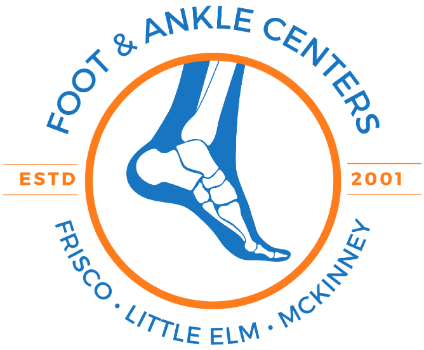How to Manage Pain and Prevent Re-Injury After an Ankle Sprain
A sprained ankle is a type of injury that commonly affects runners and people who play sports like tennis, basketball, and soccer. If you experience symptoms of a sprained ankle, our board-certified podiatrists at Foot & Ankle Centers of Frisco, Little Elm, & McKinney in Frisco, Little Elm, and McKinney, Texas, can determine the most effective treatment for you. Our expert podiatry team offers advanced diagnostics and same-day appointments for urgent foot and ankle problems.


Identifying Ankle Sprains
Your podiatrist begins your diagnosis with a thorough physical exam, checking for tenderness, pain, and limited range of motion. In some cases, they may be able to diagnose your condition through a physical exam alone.
If your condition is more complex, your doctor may conduct additional imaging tests, like an X-ray or MRI. Your doctor uses your examination to determine the severity of your injury and plan the best route for successful treatment.

